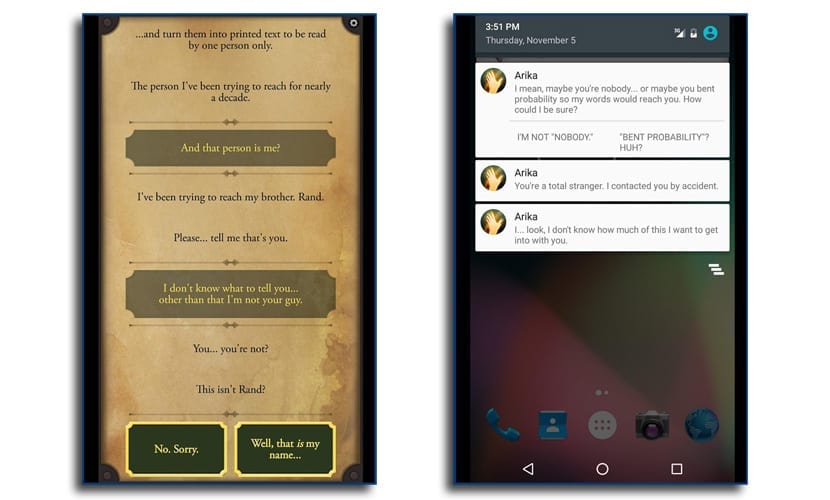
With a predefined TCP port specified in the URL, the virtual HTTP server receives the request instead of the genuine video server. At a specific time, a user starts a video player and inputs a URL to request a video. After created, the virtual HTTP server starts and waits to serve the peer client (any video player that can support online streaming). When VShare starts, a virtual HTTP server is created. VSHARE ARCHITECTURE Figure 1 shows the architecture of VShare.

So at a specific time, a group of phones, which are downloading the same video segment, have different fragments. Upon receiving an HTTP request for a specific segment, the video server returns a randomly chosen fragment of the segment. A segment is the minimum playable unit and is furtherly divided into different fragments. VIDEO SEVER PREPARATIONS The video source file should be divided into a number of segments.

The HTTP response is then sent back to the video player and is used for decoding and video playback. If the integrity check passes, The virtual server encapsulates the segment according to HTTP protocol and outputs an HTTP response. 1 has the ability of merging fragments received via different networks, and in addition, performing integrity check to check whether the segment is integrated.
VSHARE ANDROID LIFELINE DOWNLOAD
Integrity Check Cellular Download WiFi adhoc Cellular Link Wi-Fi Broadcasting Mobile Phone Mobile Phone Figure 1: VShare Architecture virtual server sends HTTP requests to the real video server via cellular network and waits for responses (fragments), and at the same time tries to share fragments via the Wi-Fi adhoc broadcasting network. It can work with third-party online video players. VShare serves as a middle-ware between the video player and the video server. Thus the pressure of cellular networks is lowered. With VShare, the data downloaded via cellular networks can be shared through Wi-Fi adhoc broadcasting. We assume that in crowded places the possibility of people watching the same online video is high. In response, we propose VShare, which supports Short-Range D2D video sharing. High-definition video streaming requirements still cannot be satisfied properly in crowded places such as subway stations, yet in these places video requests are frequently generated. INTRODUCTION Recent years have witnessed the fast increase mobile video traffic. Poster: VShare: An Android Short-Range D2D Video Sharing System Jiawei Liang Xiaoyi Zhang Lin Zhang Key Lab of Universal Wireless Communication, Ministry of Education of P.R.C Beijing University of Posts and Telecommunications Beijing, 100876, China Keywords Video Sharing Android Device to Device Mobile Phone Video Server Video Player VShare Proxy module Virtual HTTP Server 1.

Poster: VShare: An Android Short-Range D2D Video Sharing System Poster: VShare: An Android Short-Range D2D Video Sharing System


 0 kommentar(er)
0 kommentar(er)
